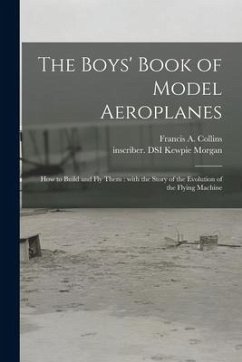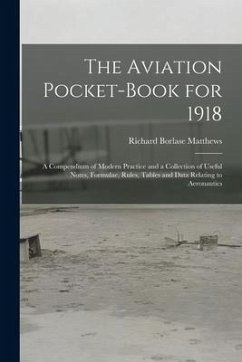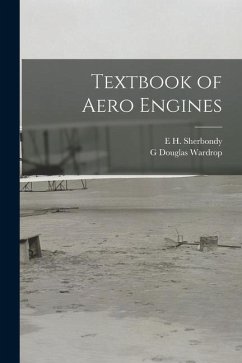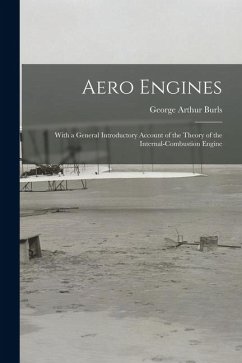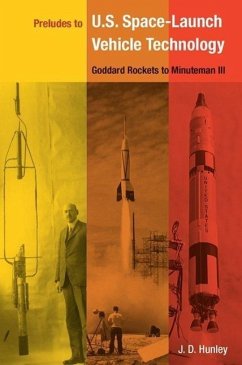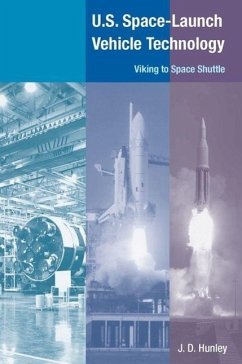
Common Aero Vehicle Autonomous Reentry Trajectory Optimization Satisfying Waypoint and No-Fly Zone Constraints
Versandkostenfrei!
Versandfertig in über 4 Wochen
18,99 €
inkl. MwSt.
Weitere Ausgaben:

PAYBACK Punkte
9 °P sammeln!
To support the Global Strike mission, an autonomous trajectory optimization technique is presented to minimize the flight time, satisfy terminal and intermediate constraints, and remain within the specified vehicle heating and control limitations. "Waypoints" are specified for reconnaissance or multiple payload deployments and "no-fly zones" are specified for geopolitical restrictions or threat avoidance. The Hypersonic Cruise Vehicle (HCV) is used as a simplified two-dimensional platform to compare multiple solution techniques. The solution techniques include a unique geometric approach, an a...
To support the Global Strike mission, an autonomous trajectory optimization technique is presented to minimize the flight time, satisfy terminal and intermediate constraints, and remain within the specified vehicle heating and control limitations. "Waypoints" are specified for reconnaissance or multiple payload deployments and "no-fly zones" are specified for geopolitical restrictions or threat avoidance. The Hypersonic Cruise Vehicle (HCV) is used as a simplified two-dimensional platform to compare multiple solution techniques. The solution techniques include a unique geometric approach, an analytical dynamic optimization technique, and a numerical approach. This numerical technique is a direct solution method involving pseudospectral methods and nonlinear programming to converge to the optimal solution. The Common Aero Vehicle (CAV) is used as the test platform for the full three-dimensional reentry trajectory optimization problem. The culmination of this research is the verification of the optimality of this proposed numerical technique, as shown for both the two-dimensional and three-dimensional models. Lastly, user implementation strategies are presented to improve accuracy and enhance solution convergence. This work has been selected by scholars as being culturally important, and is part of the knowledge base of civilization as we know it. This work was reproduced from the original artifact, and remains as true to the original work as possible. Therefore, you will see the original copyright references, library stamps (as most of these works have been housed in our most important libraries around the world), and other notations in the work. This work is in the public domain in the United States of America, and possibly other nations. Within the United States, you may freely copy and distribute this work, as no entity (individual or corporate) has a copyright on the body of the work. As a reproduction of a historical artifact, this work may contain missing or blurred pages, poor pictures, errant marks, etc. Scholars believe, and we concur, that this work is important enough to be preserved, reproduced, and made generally available to the public. We appreciate your support of the preservation process, and thank you for being an important part of keeping this knowledge alive and relevant.






